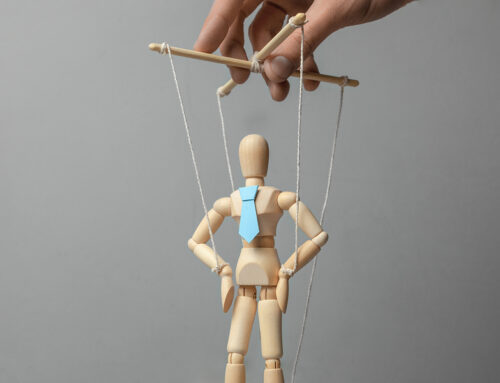Meetings are too long, period. You know and I know it.
It explains why people casually stroll in a few minutes late. It explains why 91% of professionals daydream during meetings. And it explains why no one is prepared to take down the redundant air-hogs. Let them talk; we have time to waste after all.
People are not willing, or able, to focus their attention for the standard 60 minute meeting. Research indicates that (at best) attention spans seem to max out around 40 minutes but realistically most of us are in the 5-10 minute range.
The standard one-hour meeting no longer fits in the modern workplace.
The Challenge:
If you agree that meetings are too long, commit to cutting your meetings in half. If they ask for 60 minutes, offer 30. If you think you need a half day, allocate 2 hours.
7 Ways to Cut Your Meetings in Half:
1) Make meetings rare but compelling
There should be a clear and compelling reason why you need to meet. Any grumbling tends to be a good sign that more focus needs to be placed on the work (instead of talking about the work). Most of us are trying to tackle too many things at one time. Concentrate your efforts on a small number of high-impact projects and focus on rapid progress.
2) Have all participants prepare in advance
Circulate updates and information ahead of time. Set the expectation and hold people accountable for preparing. Jump right into a “where do we go from here” discussion. Eliminate time dedicated to updates.
3) Invite fewer people
Every additional person that comes feels a need to validate their participation. Sometimes that results in redundancy, verbosity and grand-standing.
4) Start on time
If you have time to wait for people, you know that you have time to waste. Sure, exceptions may warrant delaying the kick-off, but we need to be conscious about managing expectations. If people think the meeting will start 5 minutes late, they might hedge their bets and knock off a few more emails before joining.
5) Consider a standing meeting
Getting rid of the chairs encourages people to keep the conversation focused and tight. One study found that sit-down meetings were 34% longer than stand-up meetings. Yet the standing meetings produced the same quality of decisions.
6) Hold people accountable
Write down who is doing what, by when. Follow-up at the next meeting to ensure the things have been done. Forget about minutes (unless you absolutely need them for regulatory purposes). No one reads them.
7) Foster relationships
Cut-throat, highly efficient meetings don`t leave a lot of time for the fun banter that helps to foster critical work relationships. But tight meetings sure do free up time for more water-cooler discussions. Encourage people to make time for lunches and breaks with colleagues and get creative to find other ways to foster fun.
With over 50% of us frustrated about meetings, I am sure you have some good tips as well. Please share in the comments below.
And for more on how to make your meetings effective, see our Meeting Agenda Blog.









Leave A Comment